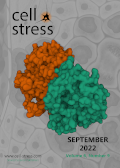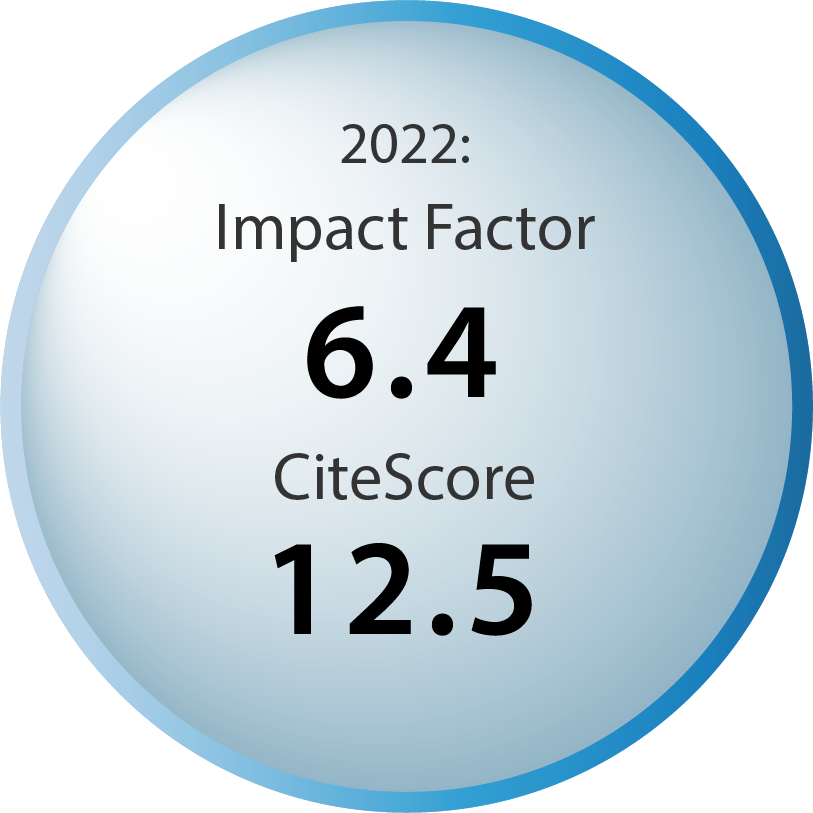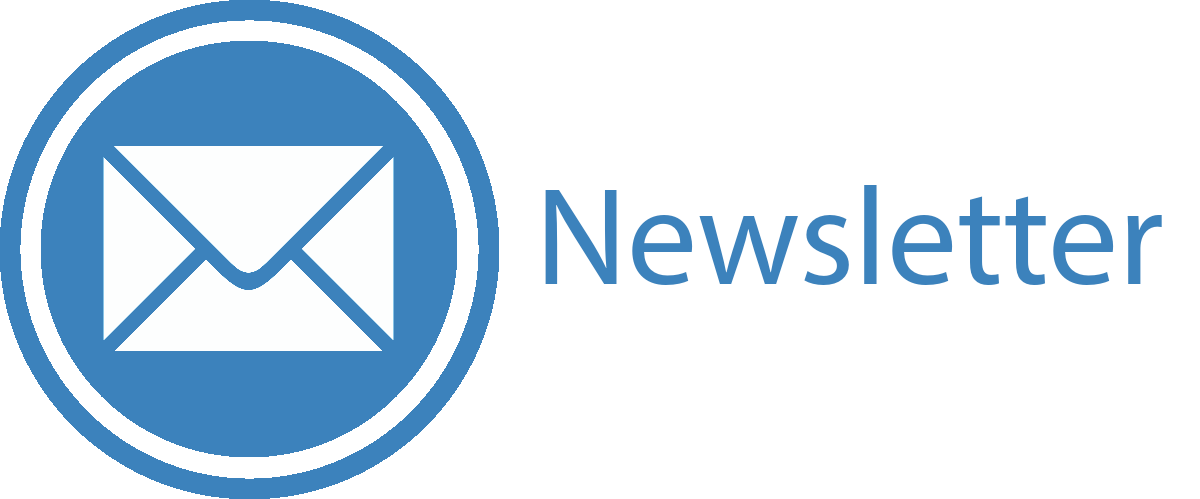Table of contents
Volume 6, Issue 9, pp. 76 - 78, September 2022
Cover: Structure image from the RCSB PDB (rcsb.org) of PDB-ID 1CX2 (Kurumbail et al, 1997) Structural basis for selective inhibition of cyclooxygenase-2 by anti-inflammatory agents. Nature 384: 644-648. Backdrop image: Growing cancer cells spreading to other parts of the body through the circulatory system. Credit: Darryl Leja, National Human Genome Research Institute, NIH. Public domain image modified by
Cell Stress. The cover is published under the
CC BY 4.0 license.
Enlarge issue cover
COX-2 upregulation by tumour cells post-chemotherapy fuels the immune evasive dark side of cancer inflammation
Charlotte R. Bell and Santiago Zelenay
Microreviews |
page 76-78 | 10.15698/cst2022.09.271 | Full text | PDF |
Abstract
Cytotoxic therapies, such as chemotherapy and radiotherapy, are mainstays of cancer treatment for both early and unresectable, advanced disease. In addition to debulking the tumour mass through direct killing of proliferating tumour cells, these treatments can promote tumour control via immune-stimulating effects. Nonetheless, chemoresistance and tumour relapse remain huge clinical problems, suggesting that induction of anti-cancer immunity post-cytotoxic therapy is often weak, not durable and/or overcome by immune evasive mechanisms. In our recent study (Nat Commun 13:2063), we demonstrate that cancer cell-intrinsic activation of the cyclooxygenase (COX)-2/prostaglandin E2 (PGE2) pathway post-chemotherapy treatment is a prevalent phenomenon which profoundly alters the inflammatory properties of the treated cancer cells. Of particular translational relevance, our findings support a model whereby upregulation of COX-2 expression and activity post-chemotherapy impairs the efficacy of the combination of PD-1 blockade and chemotherapy. Accordingly, pharmacological inhibition of COX-2 with celecoxib, an anti-inflammatory drug already used clinically, unleashed tumour control in preclinical models when given alongside chemoimmunotherapy combinations.



